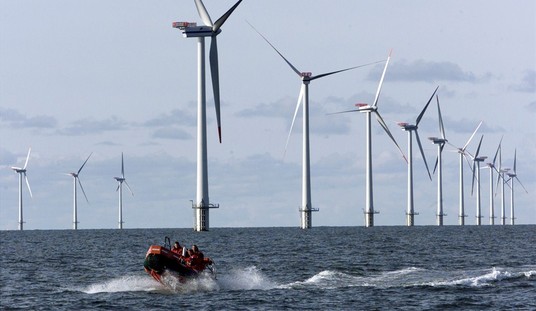Are we, or aren’t we? That is the question. The conversation around the oil and gas water cooler of late is whether we’re about to run out of places to store the abundance of crude oil that continues to flow up America’s shale well bores. It’s a trend everyone expected to occur, and only gets extra attention when you see it in the news and on sites like townhall.com. As oil prices started going down, producers began storing a portion of their product as a hedge, betting that prices might not stay down for long, and that they could make more money paying a temporary storage fee in hopes of selling their goods at a higher price later. That risk was somewhat calculated because long-term crude futures were consistently higher than spot prices, indicating the market felt the downturn was temporary, albeit indeterminable for how long.
Cushing Oklahoma is the focal point of storage. In 1983, NYMEX established Cushing as the delivery point for America’s light sweet crude. It was chosen because it seemed to be at the hub of the vast pipeline network connecting supply to demand. Cushing has approximately 85-million barrel storage capacity in tank farms dotting the landscape. In late February, Bank of America Merrill Lynch commodity analyst, Francisco Blanch, forecast that Cushing could top-out by April, and there are virtually no large-scale facilities anywhere else that could absorb the oil. Thus, it was presumed, still more oil would have to be sold on the market, driving prices lower.
This week, the Energy Information Administration announced that the number of barrels of oil going to Cushing dropped by nearly half, to 536,000 barrels. The number had been over 1 million each prior week of 2015. So there are mixed signals in the market. Are we, or aren’t we? Time will tell.
Meanwhile, two other significant numbers out recently. On the demand side, the U.S. consumed 19.5 million barrels of oil in December, the highest number since 2010. On top of that, Saudi Arabia hiked the price of oil to the United States by $1 per barrel this week, raising it to Asia by $1.40, citing firming demand for the increase.
Recommended
Markets climb a wall of worry, and some traders might believe there’s still more oil coming – oil the market doesn’t need. While others may be content that natural market forces are self-correcting, all in good time. Thus far, there seems to be a price-base forming, and for that, those of us in the production business are thankful.
























Join the conversation as a VIP Member